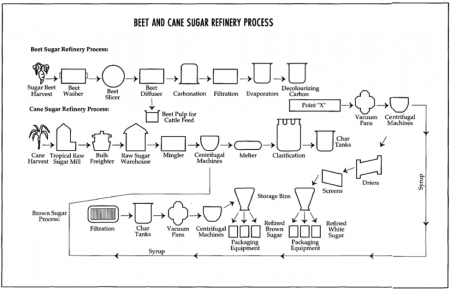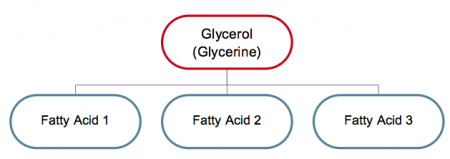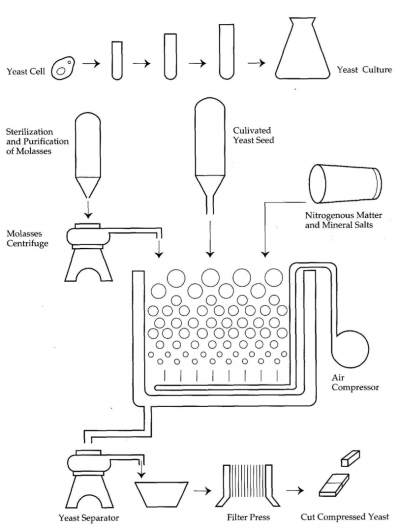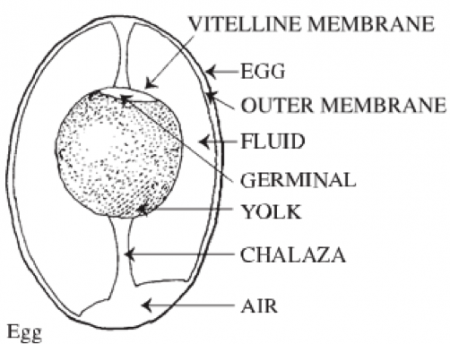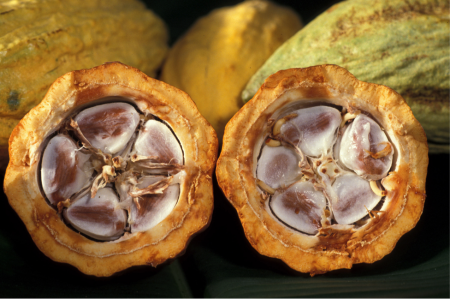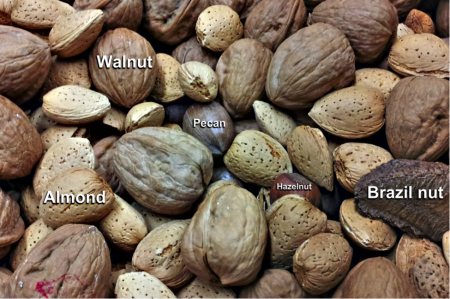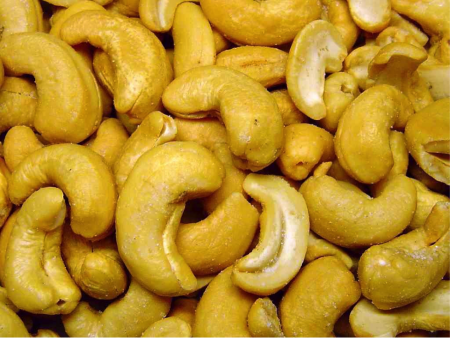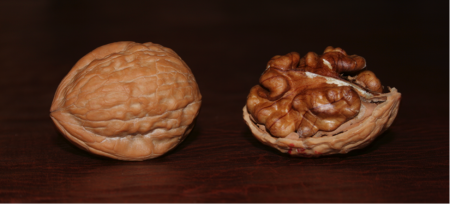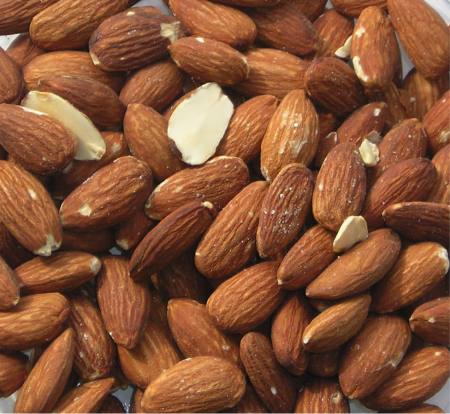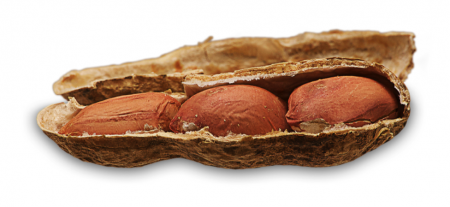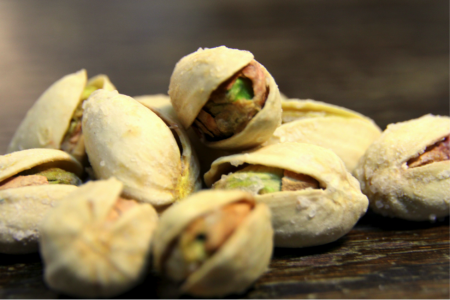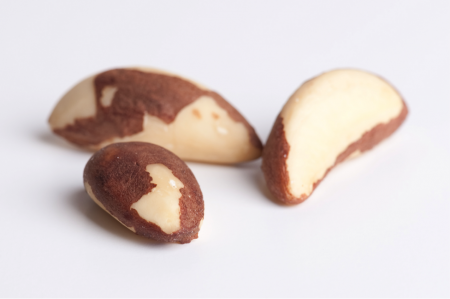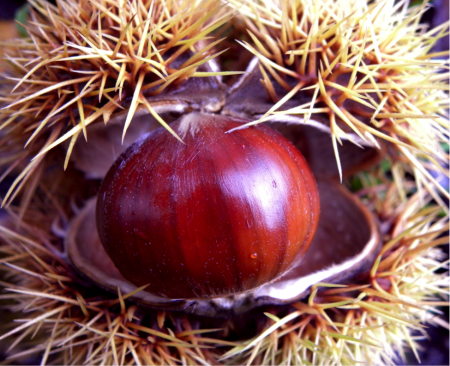Table 7 lists the composition of major fats and oils used in bakeries.
| | Saturated | Monounsaturated | Polyunsaturated | Cholesterol | Vitamin E |
| g/100 g | g/100 g | g/100 g | mg/100 g | mg/100 g |
| Animal fats | | | | | |
| Lard | 40.8 | 43.8 | 9.6 | 93 | 0.60 |
| Duck fat | 33.2 | 49.3 | 12.9 | 100 | 2.70 |
| Butter | 54.0 | 19.8 | 2.6 | 230 | 2.00 |
| Vegetable fats | | | | | |
| Coconut oil | 85.2 | 6.6 | 1.7 | 0 | .66 |
| Palm kernel oil | 81.5 | 11.4 | 1.6 | 0 | 3.80 |
| Palm oil | 45.3 | 41.6 | 8.3 | 0 | 33.12 |
| Cottonseed oil | 25.5 | 21.3 | 48.1 | 0 | 42.77 |
| Wheat germ oil | 18.8 | 15.9 | 60.7 | 0 | 136.65 |
| Soybean oil | 14.5 | 23.2 | 56.5 | 0 | 16.29 |
| Olive oil | 14.0 | 69.7 | 11.2 | 0 | 5.10 |
| Corn oil | 12.7 | 24.7 | 57.8 | 0 | 17.24 |
| Sunflower oil | 11.9 | 20.2 | 63.0 | 0 | 49.00 |
| Safflower oil | 10.2 | 12.6 | 72.1 | 0 | 40.68 |
| Hemp oil | 10 | 15 | 75 | 0 | 12.34 |
| Canola/Rapeseed oil | 5.3 | 64.3 | 24.8 | 0 | 22.21 |
Table 7 Composition of typical fats Source.
Lard
Lard is obtained from the fatty tissues of pigs, with a water content of 12% to 18%. Due to dietary concerns, lard has gradually lost much of its former popularity. It is still extensively used, however, for:
- Yeast dough additions
- Pie pastry
- Pan greasing
Lard has a good plastic range, which enables it to be worked in a pie dough at fairly low temperatures (try the same thing with butter!). It has a fibrous texture and does not cream well. It is therefore not suitable for cake making. Some grades of lard also have a distinctive flavour, which is another reason it is unsuitable for cake making.
Butter
Butter is made from sweet, neutralized, or ripened creams pasteurized and standardized to a fat content of 30% to 40%. When cream is churned or overwhipped, the fat particles separate from the watery liquid known as buttermilk. The separated fat is washed and kneaded in a water wheel to give it plasticity and consistency. Colour is added during this process to make it look richer, and salt is added to improve its keeping quality.
In Canada, the following regulations apply to butter:
- Minimum 80% milk fat by weight
- Permitted ingredients: milk solids, salt, air or inert gas, permitted food colour, permitted bacterial culture
- The grade and grade name for butter and butter products is Canada 1.
Sweet (or unsalted) butter is made from a cream that has a very low acid content and no salt is added to it. It is used in some baking products like French butter cream, where butter should be the only fat used in the recipe. Keep sweet butter in the refrigerator.
From the standpoint of flavour, butter is the most desirable fat used in baking. Its main drawback is its relatively high cost. It has moderate but satisfactory shortening and creaming qualities. When used in cake mixing, additional time, up to five minutes more, should be allowed in the creaming stage to give maximum volume. Adding an emulsifier (about 2% based on flour weight) will also help in cake success, as butter has a poor plastic range of 18°C to 20°C (64°F to 68°F).
Butter and butter products may also be designated as “whipped” where they have had air or inert gas uniformly incorporated into them as a result of whipping. Whipped butter may contain up to 1% added edible casein or edible caseinates.
Butter and butter products may also be designated as “cultured” where they have been produced from cream to which a permitted bacterial culture has been added.
Margarine
Margarines are made primarily from vegetable oils (to some extent hydrogenated) with a small fraction of milk powder and bacterial culture to give a butter-like flavour. Margarines are very versatile and include:
- General purpose margarine with a low melting point, suitable for blending in dough and general baking
- Cake margarine with excellent creaming qualities
- Roll-in margarine, which is plastic and suitable for Danish pastries
- Puff pastry roll-in, which is the most waxy and has the highest melting point
Margarine may be obtained white, but is generally coloured. Margarine has a fat content ranging from 80% to 85%, with the balance pretty much the same as butter.
In Canada, the following regulations apply to margarine:
- Margarine must contain at least 80% fat and added vitamins A and D. The edible fat/oil may be of vegetable, animal, or marine origin except milk fat, and may have been hydrogenated, fractionated, or modified.
- Margarine must be intended for substantially the same uses as butter. (This specification is intended to be used by food services in procurement of food. It does not apply to special margarines, such as calorie-reduced, baker’s, or whipped margarine.)
Oil content claims on margarine
The claim that margarine contains a certain percentage of a specific oil in advertisements should always be based on the percentage of oil by weight of the total product. All the oils used in making the margarine should be named. For example, if a margarine is made from a mixture of corn oil, cottonseed oil, and soybean oil, it would be considered misleading to refer only to the corn oil content in an advertisement for the margarine. On the other hand, the mixture of oils could be correctly referred to as vegetable oils.
It used to be that you could only buy margarines in solid form full of saturated and trans fat. The majority of today’s margarines come in tubs, are soft and spreadable, and are non-hydrogenated, which means they have low levels of saturated and trans fat. Great care must be taken when attempting to substitute spreadable margarine for solid margarine in recipes.
Shortenings
Since the invention of hydrogenated vegetable oil in the early 20th century, shortening has come almost exclusively to mean hydrogenated vegetable oil. Vegetable shortening shares many properties with lard: both are semi-solid fats with a higher smoke point than butter and margarine. They contain less water and are thus less prone to splattering, making them safer for frying. Lard and shortening have a higher fat content (close to 100%) compared to about 80% for butter and margarine. Cake margarines and shortenings tend to contain a bit higher percentage of monoglycerides that margarines. Such “high-ratio shortenings” blend better with hydrophilic (attracts water) ingredients such as starches and sugar.
Health concerns and reformulation
Early in this century, vegetable shortening became the subject of some health concerns due to its traditional formulation from partially hydrogenated vegetable oils that contain trans fats, which have been linked to a number of adverse health effects. Consequently, a low trans-fat variant of Crisco brand shortening was introduced in 2004. In January 2007, all Crisco products were reformulated to contain less than one gram of trans fat per serving, and the separately marketed trans-fat free version introduced in 2004 was consequently discontinued. Since 2006, many other brands of shortening have also been reformulated to remove trans fats. Non-hydrogenated vegetable shortening can be made from palm oil.
Hydrogenated vegetable shortenings
Hydrogenated shortenings are the biggest group of fats used in the commercial baking industry. They feature the following characteristics:
- They are made from much the same oils as margarine.
- They are versatile fats with good creaming ability.
- Their hydrogenation differs according to the specific use for which the fat is designed.
- They are 100% fat – no water.
- They keep well for six to nine months.
Variations on these shortenings are: emulsified vegetable shortenings, roll-in pastry shortenings, and deep-frying fats.
Emulsified vegetable shortenings
Emulsified vegetable shortenings are also termed high-ratio fats. The added emulsifiers (mono- and diglycerides) increase fat dispersion and give added fineness to the baked product. They are ideal for high-ratio cakes, where relatively large amounts of sugar and liquid are incorporated. The result is a cake:
- Fine in texture
- Light in weight and of excellent volume
- Superior in moisture retention (good shelf life)
- Tender to eat
This is also the fat of choice for many white cake icings.
Roll-in pastry shortenings
This type of shortening is also called special pastry shortening (SPS). These fats have a semi-waxy consistency and offer:
- Large plastic range
- Excellent extensibility
- Excellent lifting ability
They are primarily used in puff pastry and Danish pastry products where lamination is required. They come in various specialized forms, with varying qualities and melting points. It is all a matter of compromise between cost, palatability, and leavening power. A roll-in that does not have “palate cling” may have a melting point too low to guarantee maximum lift in a puff pastry product.
Deep-Frying Fats
Deep-frying fats are special hydrogenated fats that have the following features:
- High smoke point of up to 250°C (480°F)
- High heat stability and resistance to fat breakdown
- No undesirable flavour on finished products
- No greasiness when cold
These fats contain an anti-foaming agent.
Vegetable Oils
Vegetable oil is an acceptable common name for an oil that contains more than one type of vegetable oil. Generally, when such a vegetable oil blend is used as an ingredient in another food, it may be listed in the ingredients as “vegetable oil.”
There are two exceptions: if the vegetable oils are ingredients of a cooking oil, salad oil, or table oil, the oils must be specifically named in the ingredient list (e.g., canola oil, corn oil, safflower oil), and using the general term vegetable oil is not acceptable. As well, if any of the oils are coconut oil, palm oil, palm kernel oil, peanut oil, or cocoa butter, the oils must be specifically named in the ingredient list.
When two or more vegetable oils are present and one or more of them has been modified or hydrogenated, the common name on the principal display panel and in the list of ingredients must include the word “modified” or “hydrogenated,” as appropriate (e.g., modified vegetable oil, hydrogenated vegetable oil, modified palm kernel oil).
Vegetable oils are used in:
- Chemically leavened batters (e.g., muffin mixes)
- Dough additives (to replace the fat)
- Short sponges (to replace the butter or fat)
Coconut Fat
Coconut fat is often used to stabilize butter creams as it has a very small plastic range. It has a quite low melting point and its hardness is due to other factors. It can be modified to melt at different temperatures, generally between 32°C and 36°C (90°F and 96°F).
The Importance of Melting Points
As mentioned above, all fats become oils and vice versa, depending on temperature. Physically, fats consist of minute solid fat particles enclosing a microscopic liquid oil fraction. The consistency of fat is very important to the baker. It is very difficult to work with butter (relatively low melting point) in hot weather, for example. At the other extreme, fats with a very high melting point are not very palatable, since they tend to stick to the palate. Fat manufacturers have therefore attempted to customize fats to accommodate the various needs of the baker.
Fats with a melting range between 40°C and 44°C (104°F and 112°F) are considered to be a good compromise between convenience in handling and palatability. New techniques allow fats with quite high melting points without unpleasant palate-cling.
Table 8 shows the melting points of some fats.
| Type of Fat | Melting Point |
| Coconut fat | 32.5°C-34.5°C (90.5°F-4.1°F) |
| Regular margarine | 34°C (93°F) |
| Butter | 38°C (100°F) |
| Regular shortenings | 44°C-47°C (111°F-116°F) |
| Roll-in shortenings | 40°C-50°C (104°F-122°F) |
| Roll-in margarine | 44°C-54°C (111°F-130°F) |
Table 8 Melting points of typical fats.
Blending
It is probably safe to say that most fats are combinations or blends of different oils and/or fats.
They may be all vegetable sources. They may be combined vegetable and animal sources. A typical ratio is 90% vegetable source to 10% animal (this is not a hard and fast rule). Formerly, blends of vegetable and animal oils and fats were termed compound fats. Nowadays, this term, if used at all, may refer also to combinations of purely vegetable origin.


